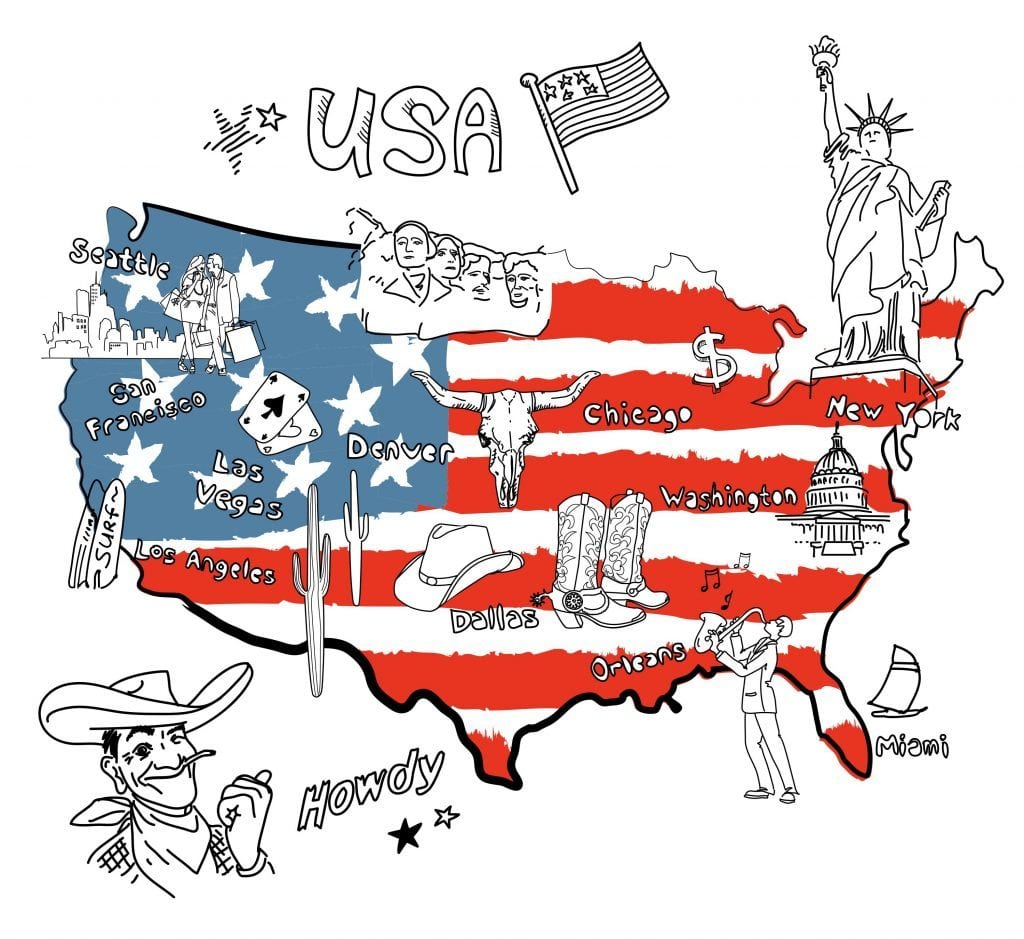If there is one word that defines the state of the educational system in the United States, that word is “varied.” It’s simple but packed with meaning. To talk about education in America is to talk about the equality of educational opportunity or the lack thereof. Education ultimately shows what we value in society; in a melting pot, we require kids learn to cooperate and collaborate, to use technology to enhance their education and their lives, and to seek out interactive sites for learning, whether that be a virtual learning academy or sitting down in classroom.
But it’s not the same for everybody. The state of education can use a hand or two.
Take Jacob, a dad raising four kids and juggling three minimum-wage jobs in an inner-city ‘hood in Bridgeport, Connecticut. Jacob’s kids have it rough. They use 20-year-old textbooks that were printed when Bill Clinton was president. The teachers use duct tape to seal the windows when it rains, and place garbage cans in the hallway because the roof leaks. The library’s budget can be rounded off to $0, and it shows in the poor reading and math scores. School psychologists, campus tutors, and personal computers aren’t even on the drawing board. On the plus side, Jacob doesn’t have to worry too much about his kids starving. His household income is under $20 grand, so the kids at least qualify for the school lunch program. On the whole, though, this neighborhood was more than left behind; it never even made it to the starting gate.
Less than twenty miles away from Jacob, Daniel has three kids in a preparatory science-and-math academy, thanks to high property values and taxes. His kids concentrate on science, technology, mechanical engineering, and math (STEM) programs. The school takes full advantage of former President Obama’s “Computer Science For All” initiative that invested over $4 billion for states to develop computer science programs at the K-12 level. They go on field trips through Google Cardboard to see the Inariyma Sword first hand, tour the Peacock Room in the Freer and Sackler Galleries, and study the rain forest in VR360. The digital classroom includes games and brainteasers, while interactive platforms empower kids to explore new cultures. For Daniel, subsidies from all ends have made educational possibilities endless.
American education is indeed boundless. Jacob’s kids need extra resources that the community lacks. Not every school is created equal and many kids, parents, and teachers struggle just to get through a day’s lesson. Some kids make it with that extra help and some don’t. For those who do need that extra helping hand, the challenge is where to look.
When Betsy DeVos was tapped to fill the role of Secretary of Education in 2017, she stated, “Parents no longer believe that a one-size-fits-all model of learning meets the needs of every child.” DeVos has drawn a lot of fire from her politics and positions on education. But one thing she has noted is that there are choices for children to improve themselves. Each community is different. But all are united in their dedication to their kids’ futures. As poetess Anne Isabella Ritchie wrote in 1885, “If you give a man a fish he is hungry again in an hour. If you teach him to catch a fish you do him a good turn.”
Sometimes, a kid needs a little bit more. He might need a fishing rod. Or a box of tackle. Or a worm.
When he does, we should be there to give it.
I will.
Will you?


